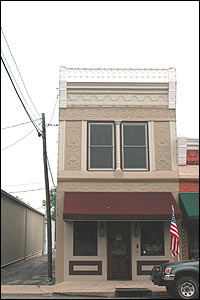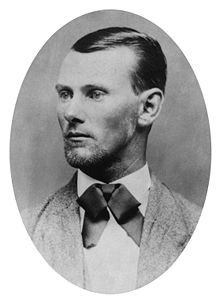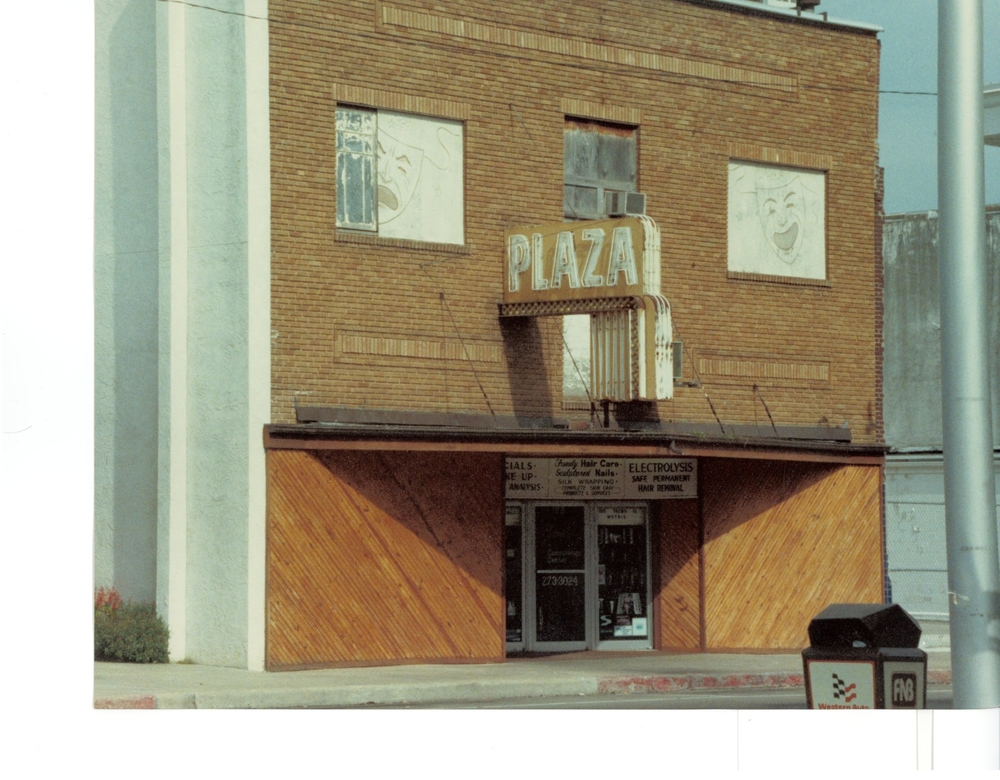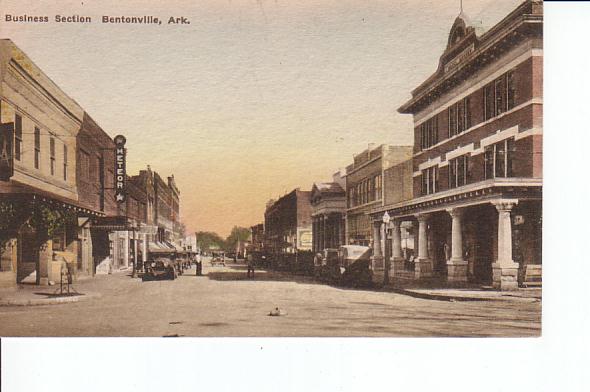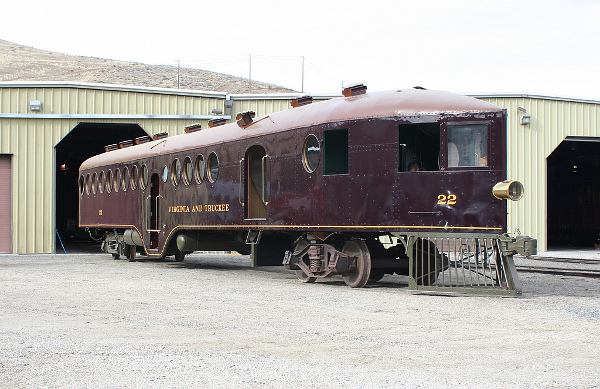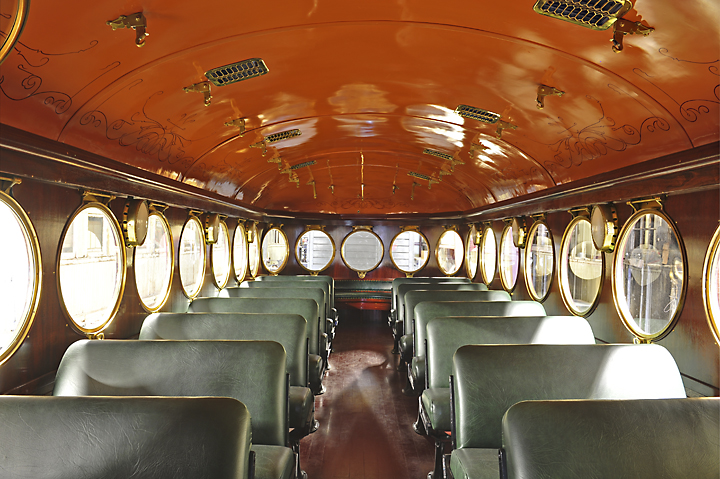"when the whistles Blew"
/The title was brought back to me a little while ago when I was sitting outside and heard the local Arkansas and Missouri freight train blowing it's whistle frequently as it came into Bentonville. They have some box cars on the siding at SE 8th where the track now ends and also deliver sand to the local concrete company and, as they do, blow the whistle at every intersection every time they move back and forth into the city.
The old line used to run from where it stops now, down towards SE J Street next to the old Wal-Mart Warehouse #2 which is now the return center and sample store. It angled Northwest to near SE D and 4th past the old Ice House and where the Eagle Mill once stood. There was a siding there that veered north and then made a dead end where the city shop is now at SE 3rd and D. There was an apple evaporator there years ago, when apple was king of Benton County, and when they added onto the shop, they found a large diameter pipe that ran north to parts unknown. My guess was that it ran downhill to the "Largest Brandy Distillery West of the Mississippi" at Old Wayne Road and NE 2nd so that apple squeezin's (an Ozark term for sure) could be flowed in to be made into brandy.
From SE D and 4th the line ran west past the Farmer's Co-Op and the depot at South Main then continued west and then slightly southwest past (or maybe even through) what is now the Wal-Mart Home Office, continuing southwest and then west about 150 yards north of Highway 102 toward Centerton and westward. The pictures of this old rail bed are elsewhere on this site.
Back to the original thought - the phrase "When the Whistles Blew" is located in J. Dickson Black's History of Benton County, heading a hand drawn map of Benton County rail lines drawn by Clarence A. Harris in 1964.
Railroads have always fascinated me. It is difficult to understand today what an impact these trains had around the turn of the century in our area. They were, for the day, unbelievably powerful, fast, and especially, loud. There was nothing like it - a humongous piece of machinery that could move faster than anything anyone had seen.
Robert G. Winn, the known expert in Northwest Arkansas railroads and railroads in general, has the perfect prologue in his book "Railroads of Northwest Arkansas." (Find one here on Amazon if available at http://www.amazon.com/Railroads-northwest-Arkansas-Robert-Winn/dp/B0006EO5MY/ref=sr_1_1?ie=UTF8&qid=1368666502&sr=8-1&keywords=railroads+of+northwest+arkansas I got my copy on eBay.)
"During the early part of this century when railroading was at its peak, the Frisco daily ran two fast trains through the Ozarks. The only stop these fast passenger trains made between Fayetteville and Van Buren was at Winslow. Through all the other small villages along the route (which came into the county where it does now at Gateway on it's way south to Fayetteville) they travelled at such terrific speed that they were called by local residents 'The Cannonballs.' They stopped for absolutely nothing. Children were cautioned to be wary of crossing the tracks when these trains were due. They went so fast that an unwary child caught on the tracks as the train approached would only have seconds to get out of the way.
Very little persuasion was needed to make children aware of the danger. Stock was allowed free range and often cows, horses, pigs, and household pets met their death under the grinding wheels of these 'Cannonballs.' The sight of an animal being crushed and its bloody carcass dragged along the track was enough to fill the most daring child with the dread of the swift moving locomotives."
Porter (later Schaberg) in northern Crawford County seemed to fall victim to more than its share of these grisly accidents. Situated as it was in the narrow valley with a long stretch of track dividing the town, the place was especially vulnerable.
One mile north of the crossing at Porter stood the 'whistling post.' When a train approaching from the north reached the post, its engineer blew a long doleful whistle. With this signal, travelling at a speed of sixty miles an hour, the train was through town in less than a minute. A series of short, sharp blasts from the whistle alerted all within earshot that some living creature was on the track. Most animals thus caught moved too slowly to escape, even if they were frightened enough by the whistle to attempt a run."
Thanks to Robert Winn for that perfect description. While reviewing the Obituaries of Benton County between 1888 and 1935 (available on CD from the Benton County Historical Society) one can see many instances of death by train. Most were from railroad workers who were unlucky enough to fall between the cars while trying to set a brake, pin a coupling, or just losing balance. There were several horrendous wrecks involving vehicles, including one particularly nasty one in Lowell involving the train and a gasoline truck. But in several instances, the train just ran over some innocent person wandering along the track headed for home or town, overtaken by the fastest machine on wheels. There are even a few instances of bodies being found alongside the track that remained unidentified and unclaimed, usually tramps or hobos who lost their balance while riding the rails.
Today in the age of supersonic flight, nascar speeds at over 200 mph, and cars daily on the interstate at 90 mph or more, these old accounts seem nearly unbeliveable. But early in the 20th century when horses were the top mode of transportation and early automobiles moved at twenty or thirty mph, the train was an awesome spectacle, when the whistle blew...
